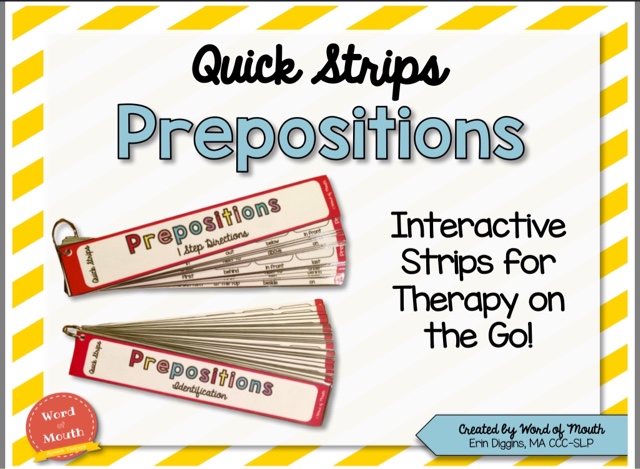This week I'm linking up with the Frenzied SLPs to share my story about how I became an SLP.
I am not the best decision maker. Anyone in my family or circle of friends can vouch for that. When it was time for me to choose a college, I had it narrowed down to 2 - one that offered Communication Disorders as a major and one that offered Occupational therapy as a major. God had his plans, because even the day that I was going to commit to a school I wasn't sure where I would go until the name of the university popped out of my mouth.
Growing up, I went to a parochial school and I didn't have much exposure to what special educators did. When I was in third grade, I remember that one of my brother's friends went to speech therapy, but I don't know why and it never really occurred to me to ask. It never really popped up on my radar again until I was in 8th grade. One of my classmates new how to finger spell so I learned how to do that. I knew that I liked sign language, so when we had to do a project about an historical figure, I wanted to learn more about Helen Keller. That project led me to learn about Anne Sullivan. Maybe it was a coincidence, but more likely God knew what he was doing, because that year, the local high school did the play "The Miracle Worker." I still remember that play very well. The girl who played Helen Keller went on to be one of my good friends once I reached high school. I was enamored with sign language, but I didn't really think about it again for a while.
I grew up in a very musical family. Many people assumed that when I went off to college, I would major in music performance or music education. Because I am stubborn and I know that I don't do well when competing with others, I decided that I would not do what everyone expected. I would find something else. Sophomore year of high school, our class went to a college fair. I walked up to the information booth and said, "I want to do something with sign language." The workers looked puzzled and conferred for a while before they said, "You mean occupational therapy?"
Having no idea what that was, I went to a few tables for colleges that had occupational therapy (OT) as a major. Later that year, we were given 2 days off from school during which we had to shadow some professionals. Thank goodness my mom knows people. My mom arranged for me to shadow a friend of hers that was an OT in a skilled nursing facility (SNF). I thought OT was very interesting, but the SNF made me a little uncomfortable. I continued to shadow OTs and one even connected me with an SLP in a school setting that I was able to shadow. I had it narrowed down to both of those fields, but really had no idea what they entailed.
Fast forward to college, I was in my sophomore year studying communication disorders, but I really missed music. I was involved in choirs a little, but was seriously considering switching my major to focus on music. Then I had my first voice disorders class - I was hooked. Now I was able to use what I knew about singing and about sound to help others without the constant competition that comes with being a musician. I continued to sing through college and frequently referred fellow choir members that continuously lost their voices to our university clinic. I also really grew to love neurology. I thought that I would for sure be working in a hospital setting.
During grad school, my professors often gave me clients at the university clinic with voice disorders, but I also had young children, who were some of my favorites (shhh...). I really enjoyed my medical placement where I had lots of experience with voice disorders and dysphagia. I also enjoyed my school placement. So, again, my decision making skills were put to the test. All I knew is that I did not want to be in an SNF. When it was time to apply for positions as an SLP, I was applying to schools, clinics, and hospitals in 3 different cities. Obviously my decision making skills weren't the best, but I trusted God to help me find the right position and I knew based on my externships that I would be happy in almost any setting (just not an SNF).
It's been 4 years since I started in the field and I can honestly say that I would still be happy in a school, clinic, or hospital. Maybe that's why I work in a school and at a clinic part time! Even though I know that my skills are not well suited for an SNF, I really admire SLPs who thrive in that environment.
I may not be the best decision maker, but that's why I have God to help guide me.
Whether you turn to the right or to the left, your ears will hear a voice behind you saying, "This is the way; walk in it." Isaiah 30:21
How were you guided to be an SLP?















































